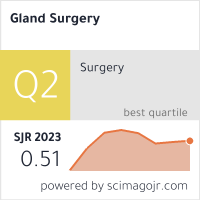NURSING PRACTICES AND THEIR IMPACT ON WOUND INFECTION RATES: A CROSS-SECTIONAL ANALYSIS
Keywords:
Wound infection, Nursing practices, Hand hygiene compliance, Nurse experience, Dressing change frequency, Infection control, Logistic regression, Cross-sectional study, Patient outcomesAbstract
Wound infections still represent a key clinical challenge, increasing the rate of morbidity amongst patients and driving up healthcare costs. The present study determines the effect of nursing practices on wound infection rates in a cross-section of 175 patients, with focus on hand hygiene compliance, nurse experience, and frequency of dressing changes. Through the parametric descriptive statistics, t-test, ANOVA, and logistic regression analyses performed using SPSS, the results revealed significant improvement in hand hygiene (p = 0.004), nurse experience (p = 0.007), and dressing change frequency (p = 0.0015), each associated with a reduction in wound infection rates. Within the logistic regression model, all three factors, both independently and when combined, were predictive of infection status, giving clinical relevance to these findings. The study thus highlights the crucial role that quality nursing care plays in infection prevention, providing empirical evidence that nursing training and hospital policies should consider for intervention. This study fills a bare patch in the literature by quantitatively binding nursing behavior to infection outcomes, providing healthcare practitioners with insight into actions to reduce wound infections through enhancing nursing.





